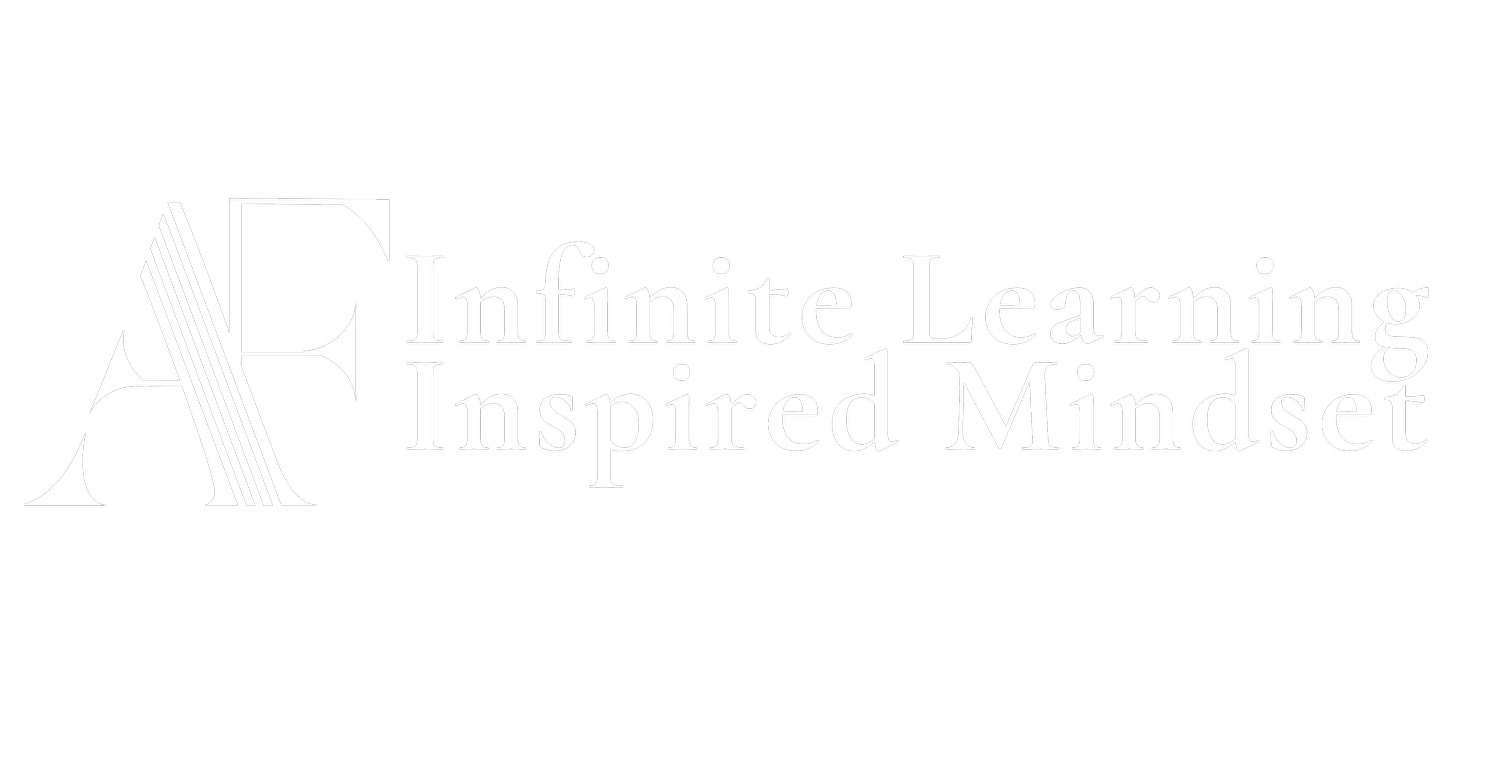Higher Education: The Revolution That Really Matters
This article was originally published on The Huffington Post.
Amid all the talk about online learning and a revolution in higher education, we risk losing sight of a much more important revolution, one that depends on the traditional college experience. That is the revolution that will once again place the American Dream of individual achievement back in the hands of every citizen.
Our society is increasingly becoming divided into the haves and the have-nots. Among developed countries, the United States has the largest share of workers earning low wages; about one out of every four workers, according to research from John Schmitt of the Center for Economic Policy Research.
That inequity is sapping the very life out of our economy and the promise out of the American Dream. The most effective remedy is to preserve higher education, the only means our society has to level the playing field and lead individuals out of the cycle of poverty.
The problem is that higher education is becoming less accessible just when more people need it. It must be made more affordable, to be sure; but also, colleges and universities must shake off the shackles of tradition — in an industry built on tradition — so that higher education better prepares graduates to compete in an increasingly global society.
The promise of online learning is already beginning to show holes, only a year or two after it was held up as the panacea that will make higher education available to all. The problem is money. Colleges that have leaped into offering free courses over the Internet, charging fees only to students who want college credit, are finding that it simply is not a sustainable business model. In January, The Wall Street Journal busted open the myth that Massive Open Online Courses, or MOOCs, would represent a boon for the colleges that embrace them by asking a simple question: How will they generate revenues?
The problem for colleges is that they can’t make money from MOOCs, at least in their present form. The challenge for students is even larger: Online learning cannot replace the nurturing and social environment of a traditional college. “Despite the rapid growth of MOOCs, these high-level, five- to 16-week online courses don’t appeal to many 18- to 21-year-old students who want the campus life that comes with college,” The Kansas City Star reported in a recent story.
College is more than the content of its courses. An online app that delivers that content on an iPad is not going to replace the campus experience, including the personal attention students receive from faculty and staff. “The idea that [students] can have better education and more access at lower cost through massive online courses is just preposterous,” said Trinity Washington University president Patricia McGuire in a recent Chronicle of Higher Education article. In the realm of disruptive innovation, she added, “the real disruption is the changing demographics of this country.”
The trends of rising costs and decreasing access to education must be reversed. Money is not the only problem. An eye-opening National Public Radio report revealed how even such elite institutions as Harvard and Stanford cannot boost enrollment of talented, low-income students even though they are offering the equivalents of free Ivy League educations to the right candidates. The problem is not a lack of promising, disadvantaged students; the problem is that those students are not getting the message. They don’t know that these educations are available. And they are not applying.
It will take years to absorb and realize the best effects of education over the Internet. In the meantime, our eyes must be on a much larger prize. The revolution we need is the one that connects the best and brightest students from every level of our society to the immersive, nurturing environment of college campuses.
It is time to stop talking about replacing the traditional college experience with online learning, and to start talking about making that experience available to every enterprising individual. That means more than making it more affordable. It means making higher education relevant, connected, and engaged with the changes that are sweeping our society.
Most of higher education is waiting for something to happen, for someone else to effect change. Instead of being entrepreneurial, pursuing new opportunities, they are caretakers, trying to preserve the resources they already have. It is the tenure mentality, in which the threat of loss has been eliminated. A job guarantee for life, coupled with working eight months out of the year, is a disincentive to change.
Change is not easy, as I have experienced here at Becker College. It requires pushing people out of their positions of comfort and toward the unknown. That is not to say people do not recognize the need for change. What they do not recognize is the need to change themselves.
Online learning will surely becoming one aspect of a new paradigm for higher education, but it will not and cannot replace campus life. It is up to colleges and universities to challenge every assumed tradition and practice. Why does college have to be a four-year process? What are we doing to find the best students? How are we preparing graduates to function in an increasingly global society?
The 250 colleges ranked as the best by the US News & World Report educate only about 25 percent of the nation’s students, according to a report in the UK newspaper The Guardian. The other 75 percent are being taught by smaller institutions with more modest resources. Those are the colleges that must embrace change now. That will be the real revolution.

